The village
Triora is a beautiful medieval village, located in the Western Ligurian Riviera, in the province of Imperia, perched at about 800 meters above sea level in the beautiful Valle Argentina.
The town has a population of just over 200 people and a very vast territorial extension which includes numerous very interesting hamlets to visit. The surrounding mountain territories, once cultivated, now contain splendid woods and unique landscapes.
Triora owes its name to “Tria-Ora” (three mouths) indicating the three main local products (wheat, vine and chestnut). But it is due to the tragic story that occurred in the years 1587-89 that it is still known as the Town of Witches.
The origins
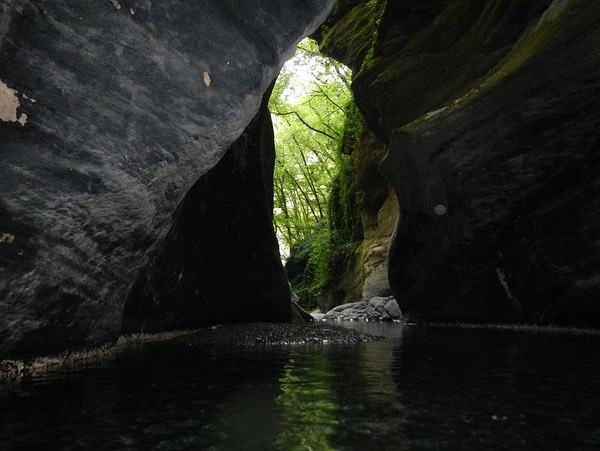
Obviously Triora is not just witchcraft trials, but thanks to this drive it is possible to come and discover the wonders of a territory which together with the people, culture and traditions becomes a PLACE… unique.
Corners and Places
to visit
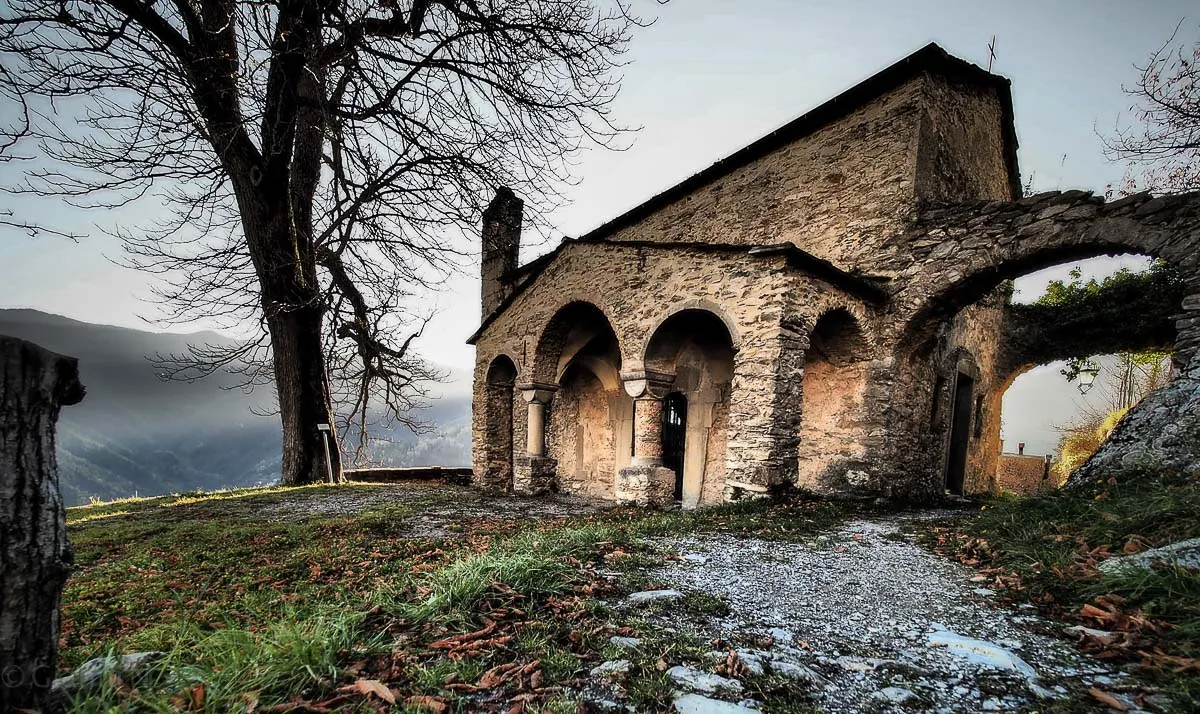
Chiesa di San Bernardino
La Grotta di Lourdes
Palazzo Stella
La Collegiata
Il Poggio Della Croce
Oratorio di San Giovanni Battista
I Portali in Ardesia
Il Castello
Chiesa Di Santa Caterina
La Fontana Soprana
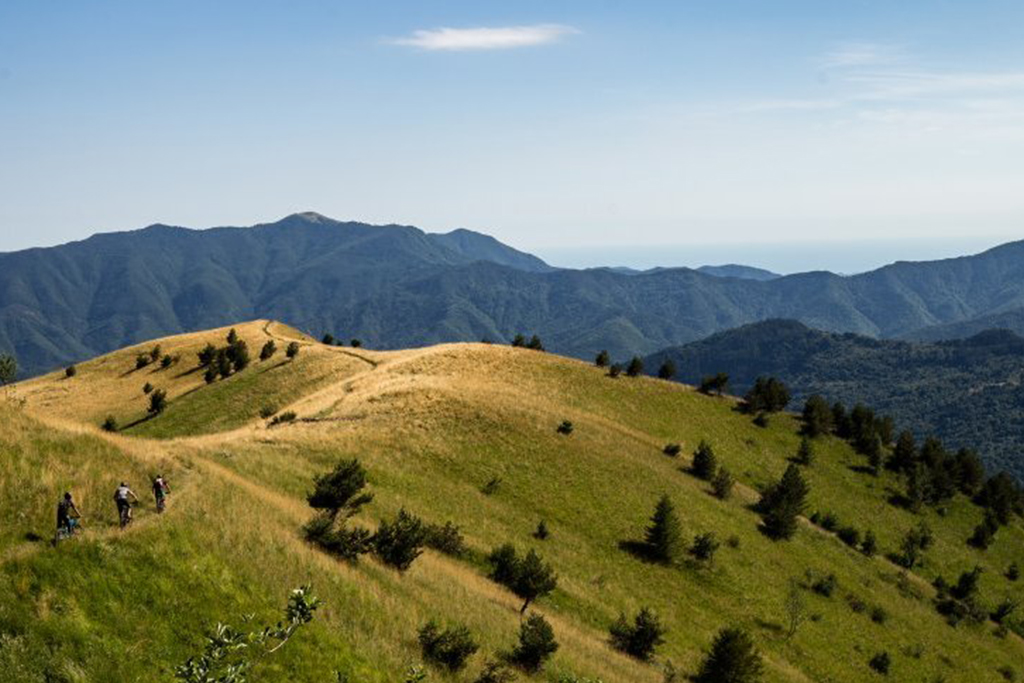
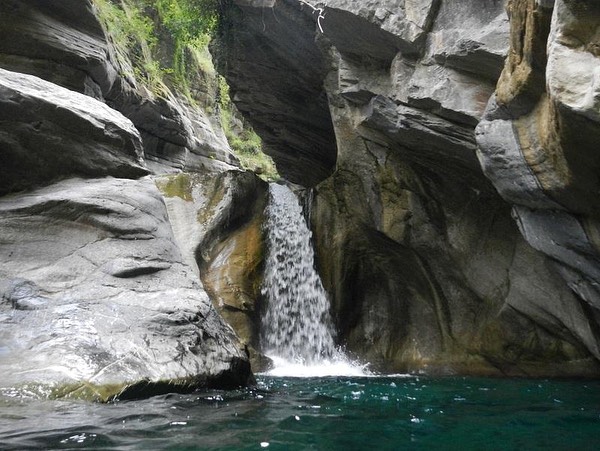
Chiesa Di San Dalmazio
MES
Il Gatto Di Triora
Museo Civico e Diffuso
La Cabotina
Activities in
Valle Argentina
Trekking lovers can safely follow the paths, of varying difficulty and length, till the high Monte Saccarello.
For two-wheel enthusiasts, Valle Argentina is recognised as one of the best “spot” in Italy for mountain biking, down hill and cross country.
Furthermore, rocks and cliffs for climbing, horseback riding, canyoning in clear waters where you can swim in the summer and snow-covered paths for snowshoeing in the winter.
Contacts
Via Poggio, 13
18010 Triora IM
+39 3516933524
+31 6 24524440
lastregabianca.triora@gmail.com

code CITR 008061-BEB-0006

